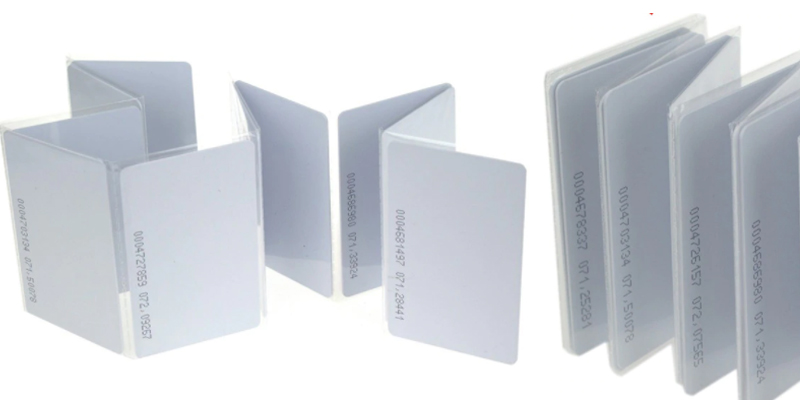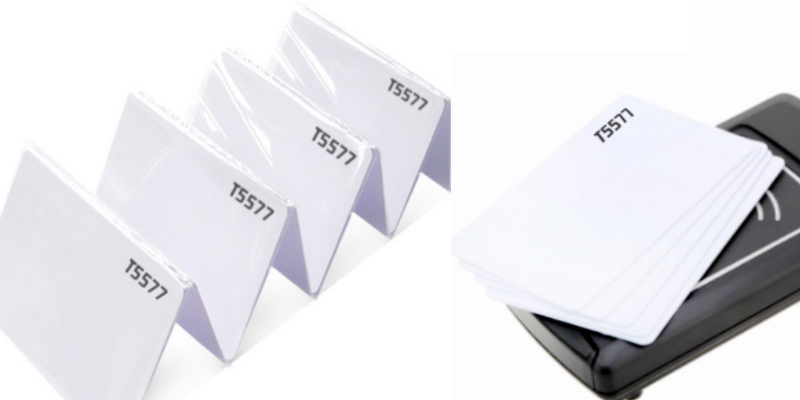K4100 VS T5577: What Are The Differences?

RFID (Radio Frequency Identification) chips are used for a variety of purposes, including access control, inventory management, and asset tracking. Two common types of RFID chips are the TK4100 and the T5577. While they may seem similar at first glance, there are some key differences to be aware of.
1. Working Frequency
The TK4100 operates at a frequency of 125 kHz, while the T5577 operates at a frequency of 125 kHz or 13.56 MHz. This means that the T5577 is capable of working with both low-frequency and high-frequency RFID readers.
2. Storage Capacity
The TK4100 has a storage capacity of 64 bits, which means it can store a unique identification number. The T5577, on the other hand, has a storage capacity of up to 363 bits. This allows it to store more information, such as access control permissions or other data.
3. Reading Distance
The reading distance for both chips depends on a number of factors, including the type of reader being used and the environment in which it is being used. Generally speaking, the T5577 has a longer reading distance than the TK4100 due to its higher frequency.

-
Examples and Applications:
Both the TK4100 and T5577 have a wide range of applications, including access control for
buildings and vehicles,
inventory management in warehouses, and
asset tracking in hospitals and laboratories.
For example, the TK4100 might be used for access control in a small office building where only a few people need access. The limited storage capacity is sufficient to store identification numbers for each individual, and the low frequency is suitable for the small scale of the operation.
On the other hand, the T5577 might be used for access control in a large hospital where there are many different types of personnel with varying levels of access. The larger storage capacity allows for more information to be stored on each card, such as job titles and departmental affiliations. The higher frequency also allows for longer reading distances, which can be useful in a large facility.
In summary, while both the TK4100 and T5577 RFID chips have their strengths and weaknesses, choosing the right one depends on the specific needs of your application. By understanding the differences between them, you can make an informed decision that will help you get the most out of your RFID system.